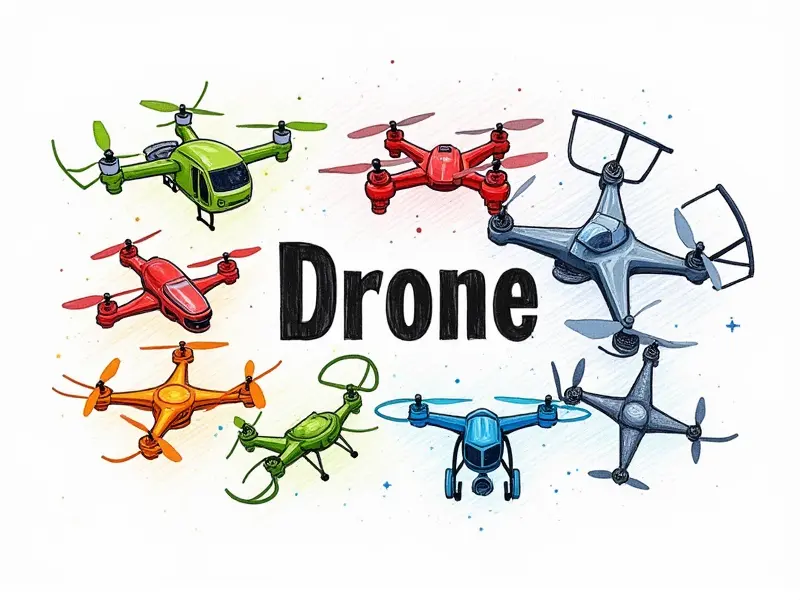Is drone GPS reliable outdoors?

Is Outdoor Drone GPS Trustworthy?
The reliability of drone GPS in outdoor environments is a critical concern for users who rely on drones for various applications, such as aerial photography, surveying, and delivery services. The accuracy and dependability of GPS technology can significantly impact the performance and safety of these operations.
How Reliable is Drone GPS Outdoors?
Drone GPS reliability outdoors depends largely on several factors including signal strength, environmental conditions, and interference from other electronic devices. In open areas with clear skies, GPS signals are typically strong and reliable, providing accurate positioning data for drones. However, in urban environments or near tall buildings, the signals can be obstructed or weakened, leading to reduced accuracy.
Does Drone GPS Work Well Outdoors?
The performance of drone GPS outdoors is generally satisfactory under ideal conditions. Drones equipped with advanced GPS technology can maintain precise positioning and navigation even in challenging environments. However, users should be aware that certain factors such as multipath interference or signal blockage may affect the reliability of GPS data.
Testing Drone GPS Accuracy Outdoors
- Signal Strength: Measure the strength of GPS signals using a signal analyzer tool. Stronger signals indicate better accuracy and reliability.
- Environmental Factors: Test in different environments, such as open fields versus urban settings, to understand how environmental conditions affect GPS performance.
- Multipath Interference: Evaluate the impact of reflective surfaces on signal integrity. This can be particularly noticeable near buildings or water bodies.
Can Drones Rely on GPS Outdoors?
Drones can rely on GPS outdoors, but it is essential to consider potential limitations and implement backup systems for added safety. Redundant navigation aids like visual inertial odometry (VIO) or lidar sensors can complement GPS data and enhance overall reliability.
GPS Dependability for Outdoor Drones
The dependability of outdoor drone GPS is influenced by the quality of hardware, software algorithms, and environmental conditions. High-quality drones with robust GPS systems are less likely to experience significant inaccuracies or failures in open-air settings.
Outdoor Challenges for Drone GPS Technology
- Satellite Visibility: Drones require a clear line of sight to multiple satellites for accurate positioning. Obstructions like trees, buildings, and mountains can interfere with signal reception.
- Magnetic Interference: Electromagnetic interference from power lines or other electronic devices can disrupt GPS signals, leading to inaccuracies in drone navigation.
- Signal Multipath: Reflections off surfaces like water or buildings can create multipath signals that confuse the GPS receiver and degrade accuracy.
Drone GPS Performance in Open Air
In open-air environments, drones generally perform well with GPS technology. The absence of obstructions allows for clear satellite visibility and strong signal reception. However, users should still monitor environmental factors that could affect performance.
Is Drone Navigation via GPS Reliable?
The reliability of drone navigation using GPS is highly dependent on the quality of the GPS system and the environment in which it operates. Advanced GPS systems with multiple satellite connections offer greater accuracy and stability, making them more reliable for outdoor use.
Does Drone GPS Fail in the Wild?
Drones equipped with high-quality GPS technology are less likely to experience failures in remote or challenging environments. However, users should be prepared for potential issues such as signal loss due to heavy foliage or terrain features that block satellite visibility.
How Accurate is Drone GPS Outside?
The accuracy of drone GPS outdoors varies based on several factors including the number of visible satellites, environmental conditions, and the quality of the GPS hardware. In optimal settings with clear skies and open fields, drones can achieve sub-meter accuracy. However, in dense urban areas or forested regions, accuracy may drop due to signal obstructions.
Conclusion
In conclusion, outdoor drone GPS is generally reliable but its performance depends on various factors such as environmental conditions and the quality of GPS hardware. While modern drones with advanced GPS systems can operate effectively in most open-air settings, users should be aware of potential challenges and consider implementing backup navigation systems for added safety.

